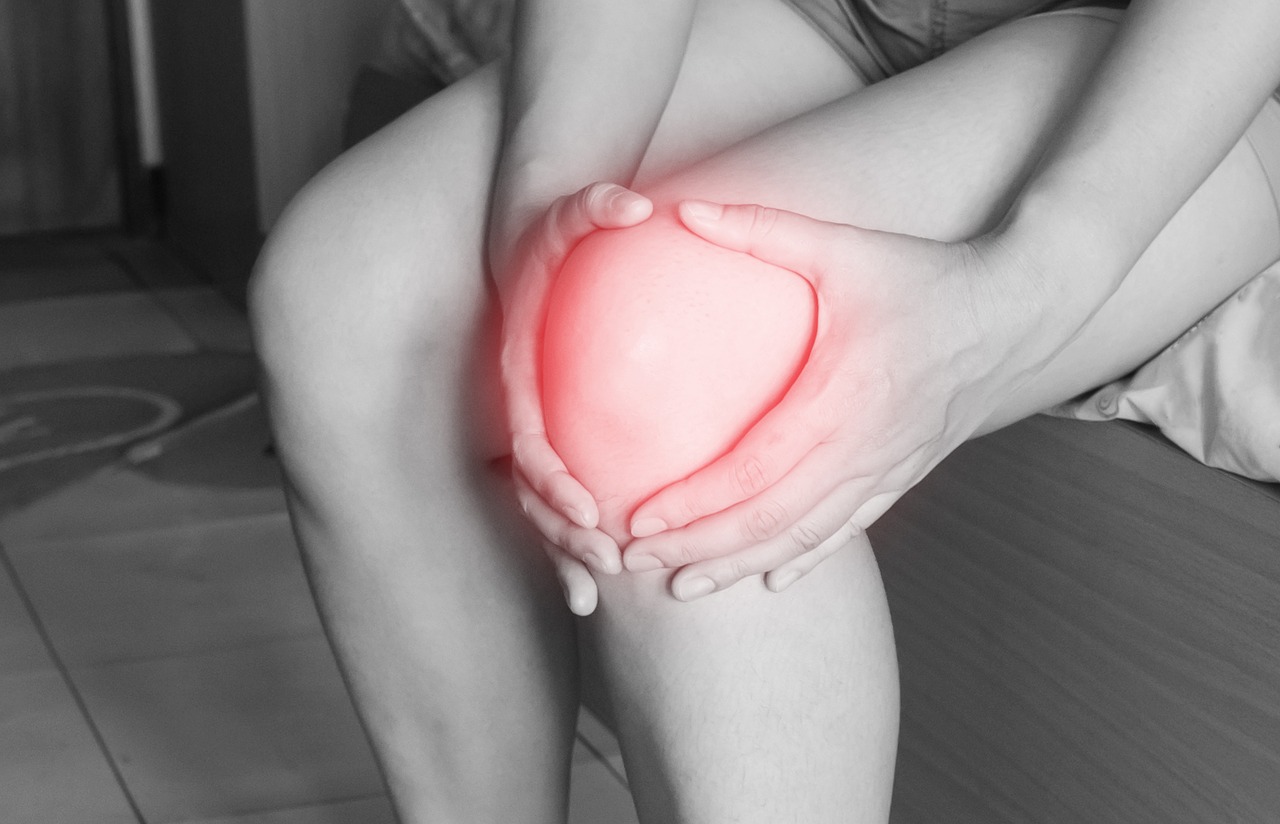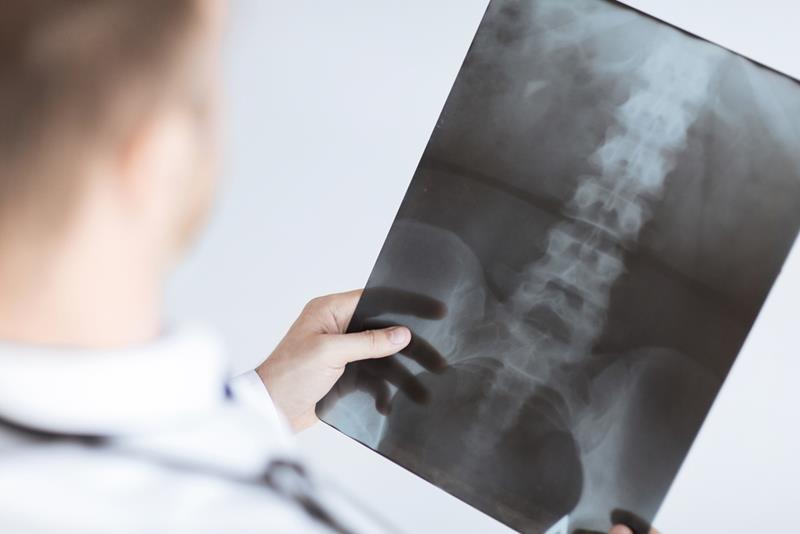
- NUCCA Chiropractic Care
- Electrical Stimulation
- Massage Therapy
- Physiotherapy
- Ultrasound
- X-Rays
- Hypertension
- Chronic Pain Or Stress
- Leg And Arm Numbness/tingling
- Tinitus
- Fullness In Ears
- TMJ
- Fibromyalgia
- Sinus And Allergy Problems
- Symptoms Associated With Herniated Discs
- Seizures
- Depression (Due To Chronic Pain)
- Attention Deficit Disorder
- Hormonal Imbalance
- Chronic Injuries Due Athletics And Auto Accidents
- Cerebral Palsy
- Multiple Sclerosis
- Pain Associated With Arthritis

NUCCA Chiropractic Care with Stephen Nakano, DC
1808 W 152nd St, Gardena, CA 90249
Phone: (310) 323-3370
Understanding NUCCA Chiropractic Care
NUCCA (National Upper Cervical Chiropractic Association) is a specialized chiropractic approach focused on the precise alignment of the upper cervical spine, specifically the atlas (C1) vertebra. Unlike conventional chiropractic methods that may involve forceful adjustments, NUCCA emphasizes gentle, targeted corrections that aim to restore the natural alignment of the spine without twisting, cracking, or popping. This approach is rooted in the understanding that even a slight misalignment of the upper cervical spine can disrupt the body’s natural communication pathways, leading to a wide range of health issues.
Why Choose NUCCA for Your Chiropractic Care?
- Precision and Personalized Care
NUCCA care is highly individualized. It relies on precise X-rays and mathematical calculations to determine the exact degree of spinal misalignment. This data-driven approach ensures each adjustment is customized to the patient’s unique spinal structure, resulting in highly effective and lasting outcomes. - Non-Invasive and Gentle
NUCCA adjustments are incredibly gentle, making them ideal for patients of all ages, from children to seniors. There are no sudden twists, forceful thrusts, or cracking sounds, making it a comfortable option even for those who are hesitant about traditional chiropractic care. - Holistic Health Benefits
By restoring the alignment of the upper cervical spine, NUCCA can help improve nerve function, enhance blood flow, and reduce muscle tension. This holistic approach can lead to relief from a wide range of conditions, including migraines, neck pain, back pain, vertigo, TMJ disorders, and even issues related

Electrical Stimulation
Electrotherapy is an alternative pain management treatment option that involves the use of mild electromagnetic pulses to provide relief for the patient. This treatment option can dull pain, repair tissue, strengthen muscles, and even improve your blood circulation.

Massage Therapy
Massage therapy is the manual manipulation of soft body tissues (muscle, connective tissue, tendons and ligaments) to enhance a person’s health and well-being. There are many types of massage therapy methods (also called modalities). People seek massage therapy for a variety of reasons; for example, to reduce stress and anxiety, to relax muscles, to rehabilitate injuries, to reduce pain and to promote overall health and wellness.

Physiotherapy
It is important to understand that often times where the pain presents is not the area that needs to be treated. The pain may be due to that area compensating and being over-worked from another area not pulling its weight. Our rehabilitation program includes strength, flexibility and agility training as well as training focused on coordination of body parts and motion to prepare the individual to return to full participation.

Ultrasound
Ultrasound therapy is a chiropractic treatment used to help reduce muscle pain and increase range of motion. By using sound waves, we are able to stimulate deep inside the tissue. This minimizes stiffness, swelling, and pain while also promoting circulation, and pain-free movement.

X-Rays
One of the most important elements of chiropractic care is diagnostics. Chiropractic radiology is a tool utilized in care as a diagnostic practice to rule out pathology (such as possible tumor or fracture) and/or an additional aid to determine where to adjust the spine. Chiropractors rely on a variety of diagnostic techniques in order to fully understand what is occurring in the patient’s musculoskeletal system, and how a given treatment intervention could bring about positive results in each patient.